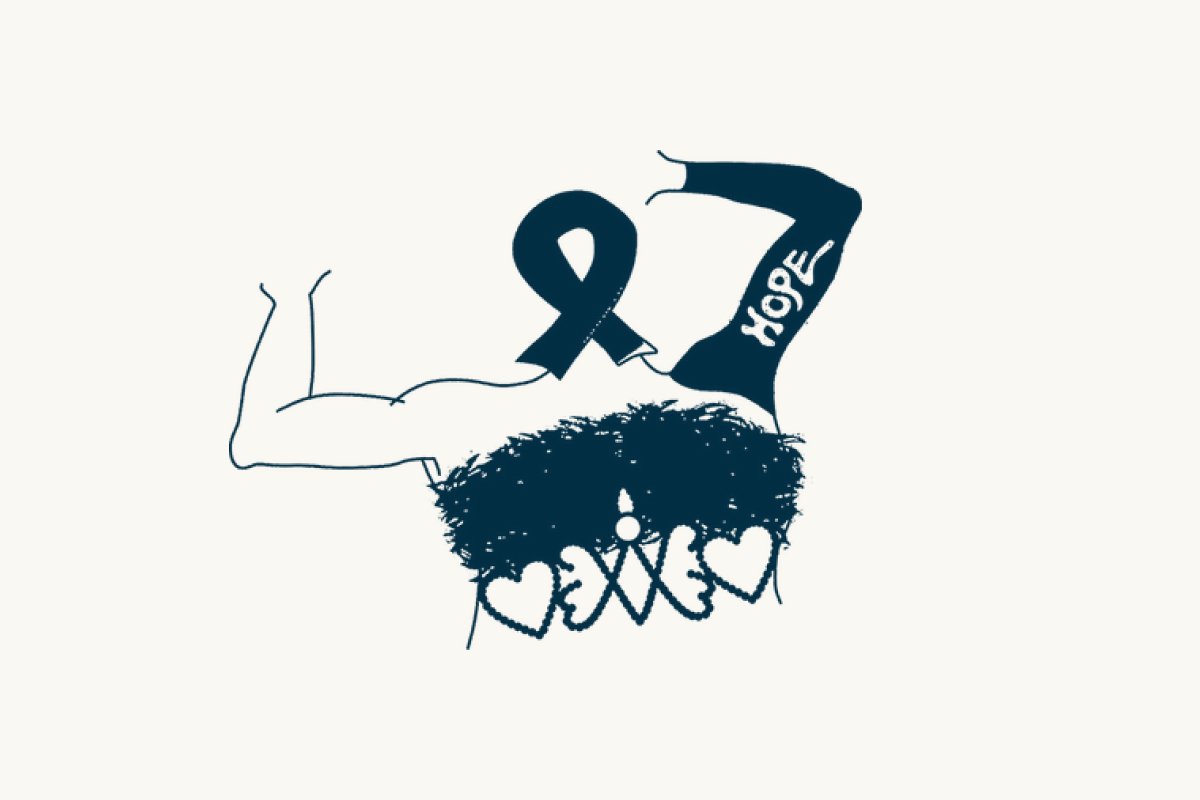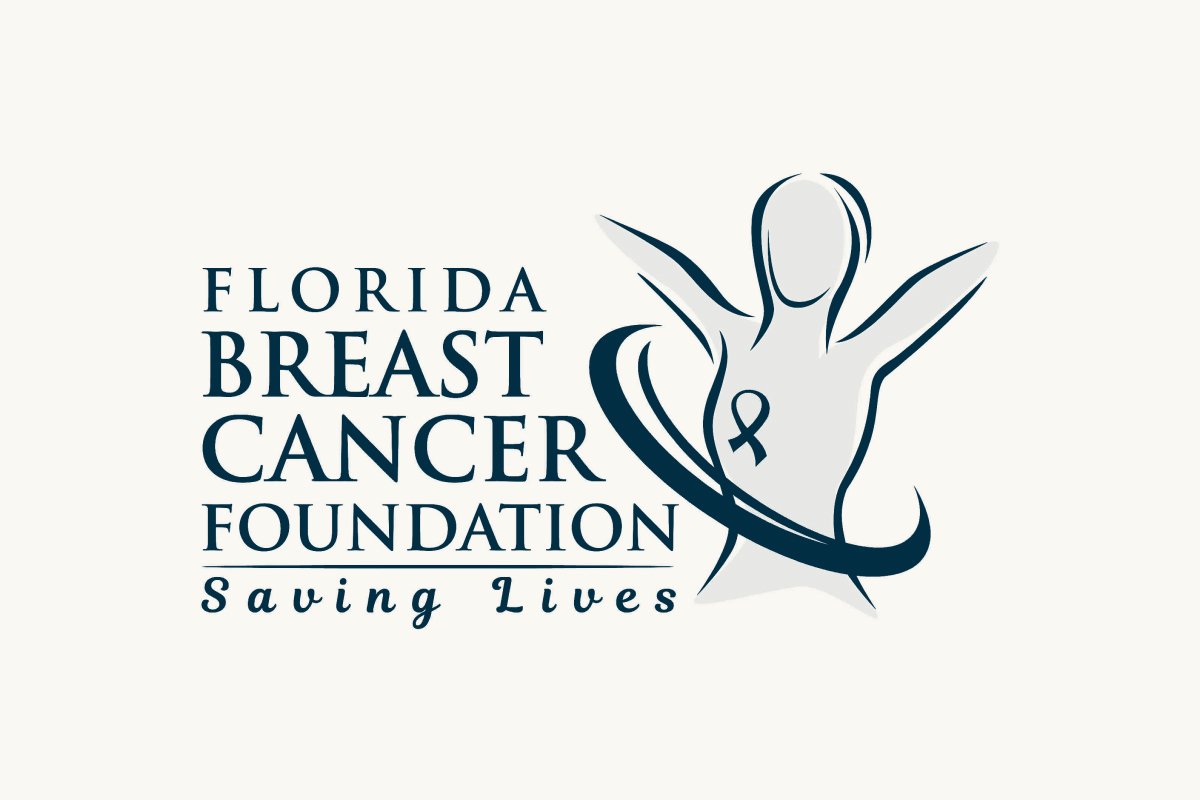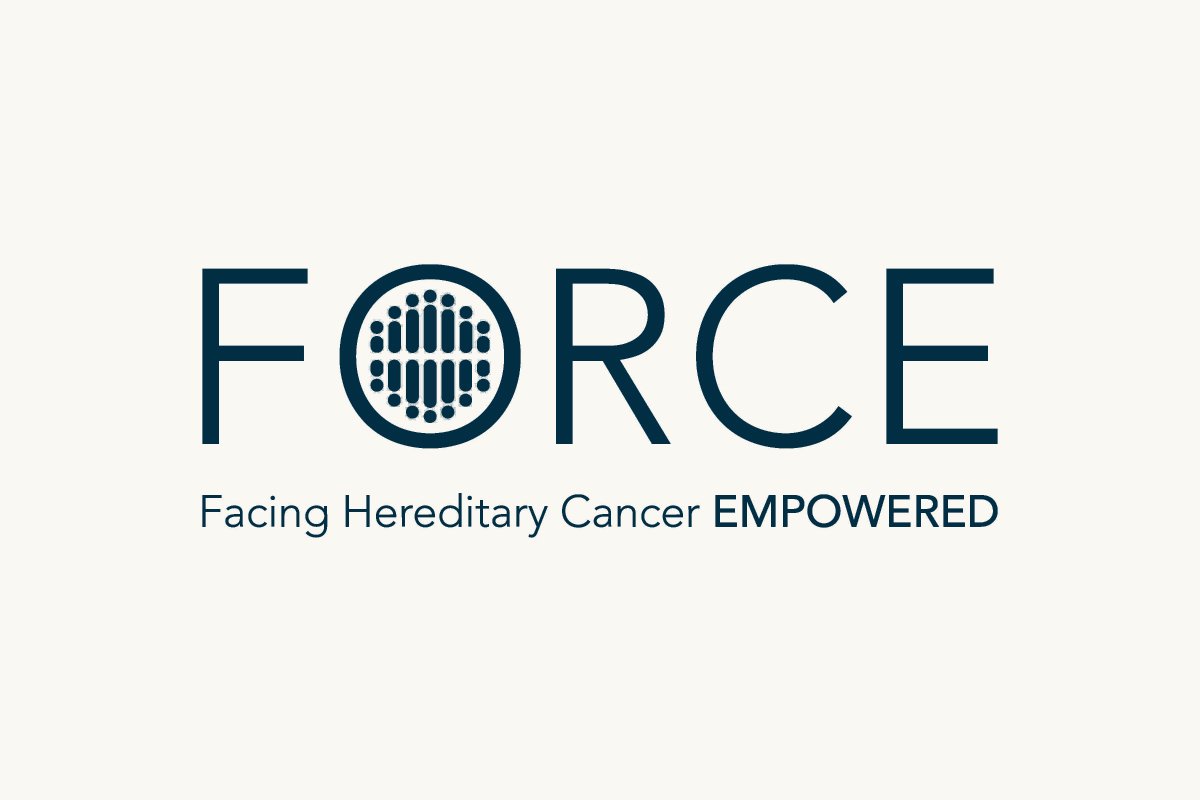What’s New in Cancer Care:
Meeting Educational Highlights
At Total Health, we believe that the latest and most up to date oncology medical education should always be freely accessible for our cancer care teams, to make the most impact in the lives of patients living with and after cancer. Total Health is proud of our standing as the largest provider of free oncology medical education in the United States. If you are unable to attend the major oncology meetings like ASCO and ESMO in person, we offer free yearly officially licensed review sessions, and a host of other specialized educational conferences and activities in cities across the US, to bring you the very latest information and clinical strategies, expertly curated by local and national faculty.
Our meeting educational highlights also feature some of the most important and practice changing developments from Total Health meetings throughout the year, to help keep oncology care teams up to date.
We hope you find these summaries to be a valuable enduring educational resource for you and your cancer care teams.
-
We're excited to introduce our premier 'plain language' article, "Cancer's New Horizon: Promising Developments for a Brighter Future." In this article, our Director of Medical Writing and Scientific Content reviews some of the most significant and practice-changing advancements across the big 5 cancers, as presented by our expert faculty over the past two years at Total Health.

















